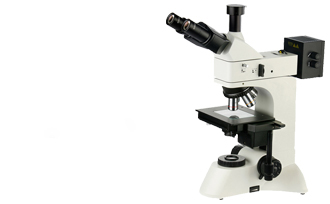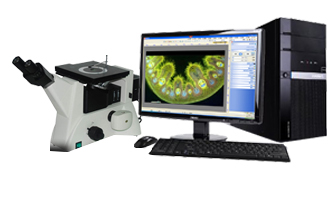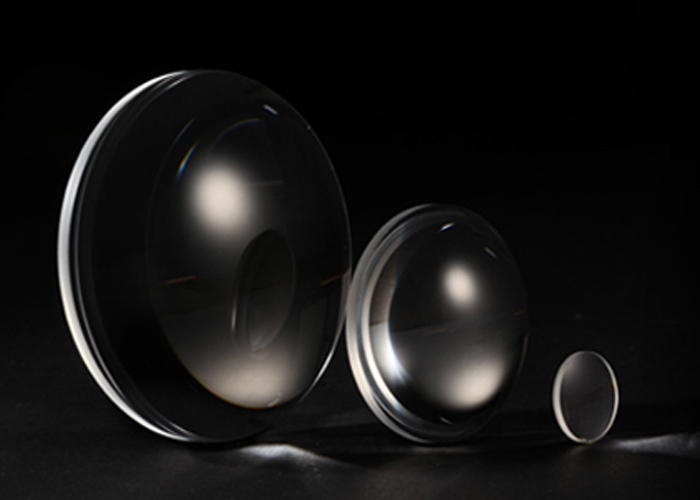What is the difference between dark field and bright field application of metallographic microscope?
Pulished on Sep. 21, 2023
Bright field of view (BF) lighting is the most commonly used lighting technology in metallographic analysis. In the incident bright field of view, the light path comes from the light source, passes through the objective lens, reflects on the specimen surface, returns through the objective lens, and finally illuminates the eyepiece or camera for observation. Because a large amount of incident light is reflected on the objective lens, a bright background is generated on the plane, but when the incident light is scattered and reflected at various angles or even partially absorbed, it appears dark on the non-plane such as cracks, pores, corroded grain boundaries or obvious reflectivity, such as sediments and second-phase inclusions on the surface.
Dark field of view: only direct light shines on the surface of the sample, and some of it is absorbed or reflected. The image quality parameters are brightness, resolution, contrast and depth of field.
Orthographic metallographic microscope:

Dark field of view (DF) is little known, but it is an effective lighting technology. The light path of dark field illumination passes through the outer hollow ring of the objective lens, shines on the specimen at a high angle of incidence, reflects on the surface, passes through the interior of the objective lens, and finally reaches the eyepiece or camera. The type of illumination causes the plane to appear dark, because most of the light reflected at high incident angles does not pass through the interior of the objective lens. For the plane samples that occasionally have no flat characteristics-cracks, fine holes and corroded grain boundaries, etc.-the dark field image shows a dark background and bright areas compared with the non-flat characteristics, and emits more light to the objective lens.
Dark field of view: only refracted, diffracted or reflected light shines on the sample surface. Dark field of view is suitable for all samples with structural surfaces and can observe structures below the resolution limit. The surface structure can appear bright in a dark background.
Inverted metallographic microscope:















